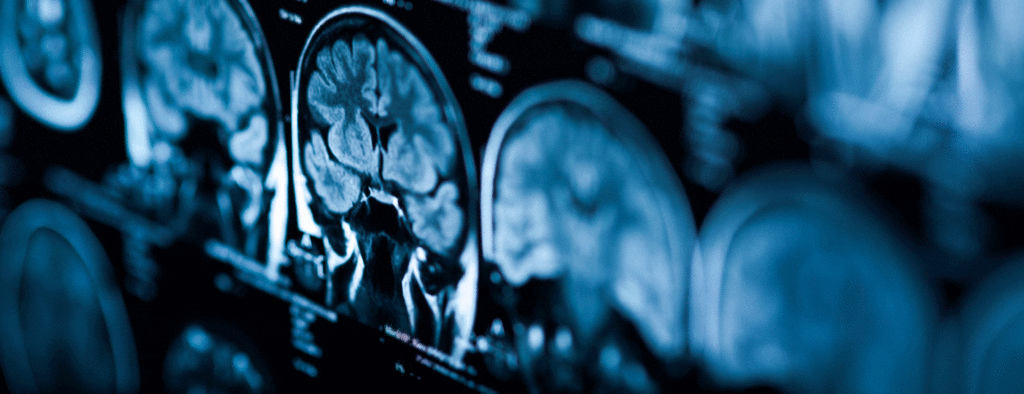
Diagnosing cancer involves a combination of tests and scans to find and assess abnormal cells. Here are some of the main tests and imaging techniques used for cancer diagnosis:
1. CT scan (Computerised Tomography)
A CT scan uses X-rays and a computer to create detailed pictures of the body. It helps identify tumours, their size, shape, and location. Abdominal CT scans can detect bladder, bowel, kidney, ovarian, and stomach cancers.
2. MRI (Magnetic Resonance Imaging)
MRI uses strong magnets and radio waves to take detailed pictures of the body. It's particularly useful for assessing soft tissues, such as the brain, spinal cord, and breast.
3. PET scan (Positron Emission Tomography)
PET scans involve injecting a small amount of radioactive material into the body. Cancer cells absorb this material faster than normal cells, making them visible on the scan. PET scans help detect cancer, assess its spread, and monitor treatment effectiveness.
4. Ultrasound
Ultrasound uses high-frequency sound waves to create images of organs and tissues. It's commonly used for breast, abdominal, and pelvic examinations. Ultrasound helps identify tumours and guide biopsies.
5. X-rays
X-rays are quick and painless imaging tests that use low doses of radiation. They're commonly used to detect bone tumours and evaluate lung abnormalities.
6. Mammogram
A mammogram is the primary diagnostic test for breast cancer. It's an X-ray of the breast tissue and is essential for early detection and screening.
7. Bone scan
A bone scan detects cancer that has spread to the bones. A small amount of radioactive material is injected, and areas of increased bone activity (indicating cancer) show up on the scan.
8. Colonoscopy
Colonoscopy is the primary diagnostic method for bowel (colorectal) cancer. It involves examining the colon and rectum using a flexible tube with a camera.
9. Endoscopy
Endoscopy is used to detect oesophageal or stomach cancer. A thin, flexible tube with a camera is inserted through the mouth or rectum to examine the digestive tract.
10. Biopsy
A biopsy involves removing a small sample of tissue from a suspicious area. The sample is examined under a microscope to confirm cancer and determine its type.
Remember that tests will be based on your symptoms, medical history, and suspected cancer type. If you have any worries, talk to your doctor right away. Finding cancer early is key for successful cancer treatment.






